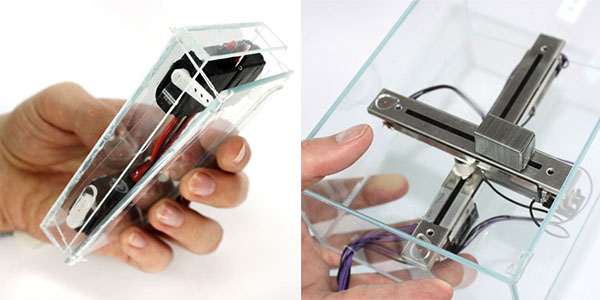
Industrial designers Rahul Mahtani & Yofred Moik have imagined a new way to go about emailing. This is all conceptual thinking, mind you, but take a knee and listen here. Google Mail Envelopes is designed to be built into the Gmail service. When you’re ready to send off an email, you’ll be given two options: send email (as usual) or “send envelope.” When you click the new button, Google representatives are notified and they print out your email, package it into a Google Maps decorated envelope, and send it off to its destination via the United States Postal Service for a small fee. The envelope design is neat; the return address and destination labels are placed inside Maps bubbles and they each point to their respective locations on the map. The two locations are connected by a line, the same line that’s formed when you look for directions online at Google Maps. In other words, the mail’s exact route is labled on the map on the envelope. Although this concept is one that will likely never make it into reality (privacy concerns, Google employing letter senders), the idea is quite fascinating. Turning electronic mail into a physical letter is an option some people might find useful. It’d be a faster, more efficient way to send a letter–it would eliminate the need to shop for stamps, for one thing.
[Via YankoDesign]




